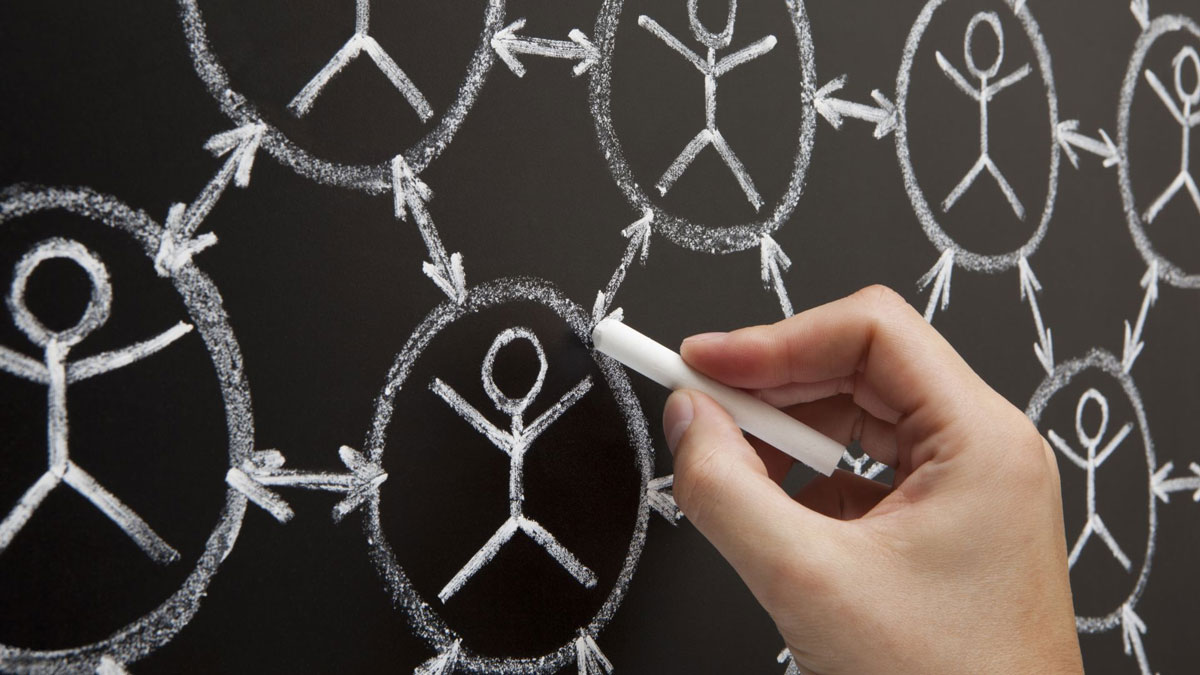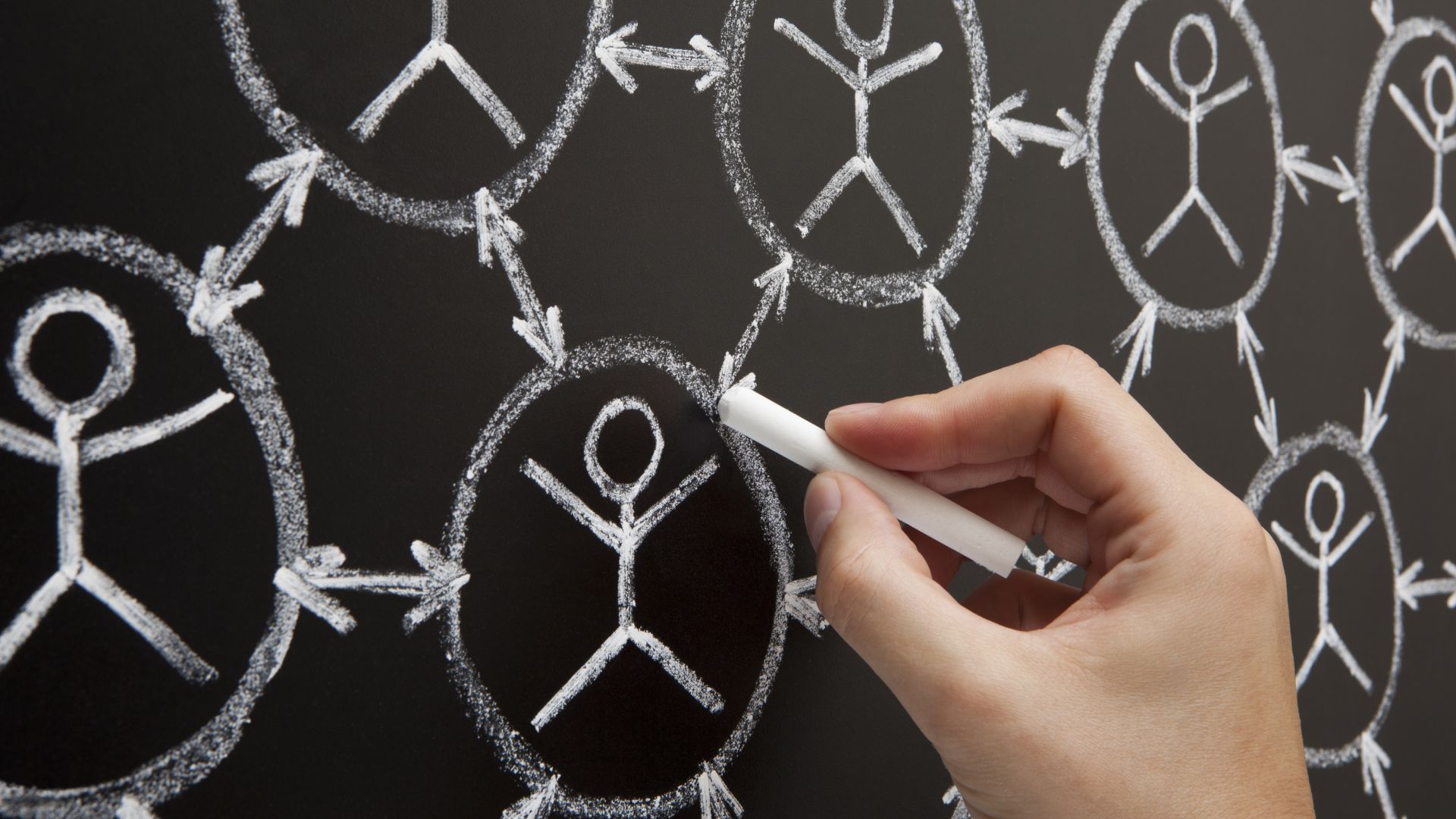 These are unprecedented and strange times. Quite honestly, for me it feels disorienting. We humans aren’t made for social distancing. We’re wired to connect. But here we are. You’re probably working from home as you read this, or there’s a tight restriction in your workplace.
These are unprecedented and strange times. Quite honestly, for me it feels disorienting. We humans aren’t made for social distancing. We’re wired to connect. But here we are. You’re probably working from home as you read this, or there’s a tight restriction in your workplace.
I know we at Veritus have suspended all travel, and I suspect that’s the case for you. As major gift fundraisers that are reliant on building one to one donor relationships, this could be a challenging time, but Richard and I don’t think it has to be.
We believe this can be a time to create meaningful connections with your donors without sitting down across from them and meeting. In fact, perhaps one really good thing that can come out of this period of uncertainty and social distancing, is that non-profits stop using face-to-face visits as a performance metric for their major gift fundraisers, and start using “meaningful connections” instead.
A meaningful connection with a donor is one that moves the relationship deeper so that you know the donor’s passions and interests and why they have them. It may also move the relationship forward toward a successful solicitation that’s mutually satisfying and brings the donor joy.
For many years in major gift circles, that was only thought to happen when meeting face-to-face. But at Veritus, we have advocated that face-to-face is just ONE way to create a meaningful connection; using it as a performance metric for major gift officers is a false indicator of performance. In fact, Richard and I have heard stories from MGOs who have had to “create meetings” with donors just to make that metric – and those “meetings” weren’t really meaningful, or they were set up with the wrong donors.
We believe a meaningful connection with a donor can come through email, phone, text, video conferencing, and personal notes and letters, in addition to face-to-face meetings. In the times we’re currently in, this is the perfect time to use all those ways other than face-to-face to create those meaningful connections.
So consider some of these ideas to connect more deeply with donors during a time when you can’t visit your donors in person:
- Do more in-depth research on your donors — As a major gift officer, your main job is to know your donors. Now that you have the time, take time to find out more about donors so you can have more informed conversations and the ability to create touch points that show the donor you know them.
- Write every donor in your portfolio a note, hand-addressed, letting them know you’re thinking of them during this time — this is a great way to connect.
- Program update via video — Review your caseload, cluster donors who are investing in similar programs with your organization, and invite them to a “program update webinar” that one of your program staff can lead, with you moderating.
- A video from the CEO or Executive Director — Give donors an update on how your organization is handling the COVID-19 situation.
- Host a live Q & A on Facebook Live or through a video conference call, when donors can ask questions of the CEO and program staff.
- Send out program updates via text or email using photos or video if possible, to let your donors know your mission is still being carried out during this time.
- Personal help touches — Send your donors links to ways they can connect to the world from their computer, based on the donor’s hobbies and interests. For example, if they love museums, you could send them to the Guggenheim.
These are all ideas to create meaningful connections with donors without meeting with them face-to-face. You could look at this period of forced social distancing as a hindrance, or you can see it as an opportunity to build a deeper relationship. I hope you choose the latter.
Jeff






Great post – just when I needed it! Thank you!
Loved your ideas about virtual meetings and tours, as well as the link to the Guggenheim. Gave me an idea! Video a tour of our on campus art gallery and share with our alumnae. Our art gallery is a bit of a hidden gem and I have a fair number of donors interested in the arts, so this could be a great idea!
Thank you for your great ideas!
Amy
MGO in higher ed
Hi Jeff,
work at the US Tennis Association Mid-Atlantic Section and we are an old organization but with a fairly new fundraising program that has only been in existence since 2018. I am an Associate Director of Development and wear many hats at the moment, one of which is Major Gifts Officer as well. I always have many things to do on any given day and many of those tasks are now a little bit sidelined with the current global pandemic, which is giving me more time to work on my donor strategies for those prospects on my portfolio of major gift prospects. I have heard a lot lately that now is the time to reach out to folks and let them know that as an organization you are there for them.
Many of those prospects on my caseload that are still in the qualifying phase of moves management and those that I haven’t had a lot of one on one contact with yet. I want to engage them during this time so that when as a society we are ready to move forward I can meet and engage with them more directly. Any thoughts or tips on new engagement right now with those kinds of prospects and ideas on what that engagement might look like? I don’t want to make people think I am trying to make an ask right in this moment, just more like using the time to get to know them.